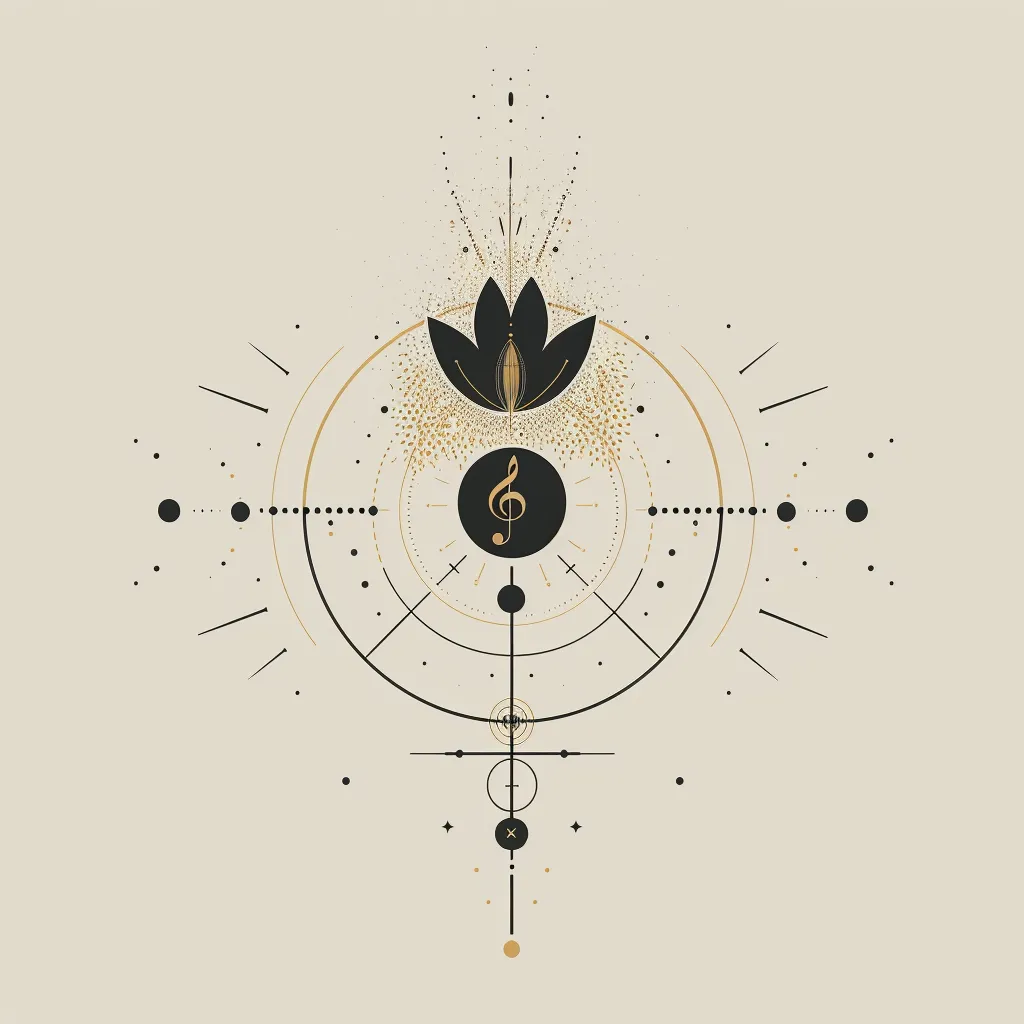Oasis – Dont Look Back In Anger – Verse 1
Dont Look Back In Anger < All Analyses
Chord Progression
[‘C’, ‘G’, ‘Am’, ‘E7’, ‘F’, ‘G’, ‘C’, ‘Am’, ‘G’, ‘C’, ‘G’, ‘Am’, ‘E7’, ‘F’, ‘G’, ‘C’, ‘Am’, ‘G’, ‘F’]
Chord Progression Analysis
First Phrase [‘C’, ‘G’, ‘Am’, ‘E7’]
C major (I)
G major (V)
A minor (vi)
E7 (III7)
Second Phrase [‘F’, ‘G’, ‘C’, ‘Am’, ‘G’]
F major (IV)
G major (V)
C major (I)
A minor (vi)
G major (V)
Third Phrase [‘C’, ‘G’, ‘Am’, ‘E7’, ‘F’, ‘G’, ‘C’, ‘Am’, ‘G’, ‘F’]
C major (I)
G major (V)
A minor (vi)
E7 (III7)
F major (IV)
G major (V)
C major (I)
A minor (vi)
G major (V)
F Major (IV)
“`
C major – G major is a I-V progressions in C major.
A minor – E7 is a vi-III7. E7 is a borrowed chord from the key of A minor
“`
Similar Chord Progressions
The Beatles’ “Let It Be” also uses the I-V-vi-IV progression:
C major (I)
G major (V)
A minor (vi)
F Major (IV)
Journey’s “Don’t Stop Believin’” employs the I-V-vi-IV progression in its iconic piano part:
E Major (I)
B Major (V)
C# minor (vi)
A Major (IV)
Green Day’s “When I Come Around” observes a I-V-vi-IV progression:
G Major (I)
D Major (V)
E minor (vi)
C major (IV)
“`
In the above examples, the last chord in each progression is a plain major chord (IV), unlike the III7 chord (E7) used in Oasis’s song.
“`
Musical Analysis
The first part of this progression (I – V – vi – III7) is a variation of the well-known `I – V – vi – IV` progression, replacing IV with the III7 creating a secondary dominant to the vi chord. This adds tension and interest.
The second part (IV – V – I – vi – V) is a typical pop progression. The added V after the vi provides resolution back to I.
The third part is a recapitulation of the first part, with an extended sequence leading back to IV, delaying the resolution and adding a sense of drama.
Overall Analysis
This iconic Britpop song predominantly features the use of traditional tonal harmony found in pop songs throughout the late 20th century, and the verse specifically recalls the harmonic patterns utilized in the 1950s and 60s. The defining feature of this song (as is the case with many Oasis tunes) is the use of returning, resounding repetitions of simple chord sequences.
Style Analysis
Oasis’s sound was heavily influenced by the British Invasion bands and 1960s pop rock. The use of repeated and cyclical chord progressions, often with modulations, was a common musical device of these genres. In this song, the use of classic chord progressions with an unexpected borrowed chord creates an engaging, anthemic quality that is evocative of the British pop/rock style.
What are the chords in: Oasis – Dont Look Back In Anger – Verse 1?
[‘C’, ‘G’, ‘Am’, ‘E7’, ‘F’, ‘G’, ‘C’, ‘Am’, ‘G’, ‘C’, ‘G’, ‘Am’, ‘E7’, ‘F’, ‘G’, ‘C’, ‘Am’, ‘G’, ‘F’]
